Mindtooth
- Published in More
- Be the first to comment!
Mindtooth technology quality compared gel-based gold standard:
The electrodes technology chosen for the Mindtooth EEG headset are the water-based technology, allowing a good signal quality, without the drawback of having the gel, that makes useless the usage of EEG technology for out-of-the-lab applications.
The water-based EEG sensors technology used in the Mindtooth Touch headset has been validated during the first validation of the Mindtooth project. Sensors’ effectiveness has been compared with gel-based Ag/AgCl electrodes considered the gold-standard in neuroscience research.
In addition, in the same test the design of the Mindtooth Touch prototype has been tested in terms of quality of contact and usability.

Figure 1: Scheme of the experimental set-up. (A) A scheme of the position of the electrodes and instrumental set-up. Water-based electrodes are shown in red, gel-based electrodes in blue, and the control electrode in green. (B) The actual experimental set-up was used for the EEG sensors comparison. (C) Mindtooth Touch EEG headset, designed for working with water-based electrodes (right), and modified version equipped with the LiveAmp amplifier (left).
30 subjects have been tested in identical tasks wearing once time a traditional EEG Cup with gel electrodes in the same position of water based electrode in Mindtooth headset, once time the Mindtooth prototype. Obtained results showed a high correlation in EEG-based features in frequency domain, used for the evaluation of neurometrics, derived by the two technologies (i.e. water-based vs gel-based electrodes).
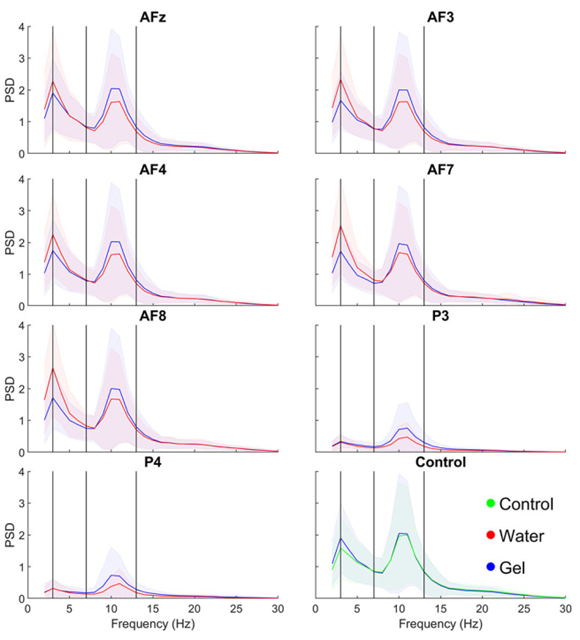
Figure 2: EEG spectra for each channel in the interval 2–30 Hz. Spectra obtained with water electrodes are shown in red, and spectra obtained with gel electrodes are shown in blue. The last subplot shows the AFz-gel and control electrode. The solid lines represent the average of the spectra over the population, and the shadowed areas represent the standard deviation.
In addition, the Mindtooth Touch structure showed high usability (i.e. very easy to put on and take off) and good quality of contact of the EEG water-based electrodes.
In this regard, the usability, worth to mention is that the Mindtooth Touch headset during the Project has been tested on more than 200 humans, with different hairstyles, head shapes, nationality and age, demonstrating to maintain a very high comfort over time.
In conclusion, testing it for validation the Mindtooth Touch EEG Heaset design confirmed that it is able to guarantee:
The complete study of the validation have been published in the journal paper “Frontiers in Human Neuroscience”, available at the following link
The so long awaited Mindtooth© brain (EEG) headset is now available at BrainSigns laboratories. It has been developed by following a user-centred design approach, with the aim to not induce any discomfort for the user, ensuring a high wearability, maintaining at the same time a high signal quality thanks to the hardware embedded in the Mindtooth headset that has been developed by Brain Products, leading company in the field of EEG recording systems and consortium member of the Mindtooth project.
Mindtooth headset name is Touch, to remember the light caress it generates on the head. It’s equipped with 8 recording electrodes, 5 frontal and 3 parietal sites, plus reference and ground on each mastoid. In particular, the front part of the headset is hosting five EEG sensors and designed to fit the user’s forehead. To maximize comfort, it is elastic and made of a combination of flexible materials. The front part has a removable padding made in PU foam in order to further improve comfort. The rear part is hosting the ground and reference sensors, the three parietal EEG sensors and the EEG amplifier. Ground and reference sensors are fitted to two separate “fingers” and comes in two different sizes on the mastoids.Their position makes it possible to use glasses and headphones while wearing the headset. The three parietal EEG sensors’ “fingers” are made as a separate part that is fitted and fixed to the rear part of the headset. The “fingers” have been designed to adapt to the users’ head shape and all of the parietal EEG sensors’ holders have been prolonged and fitted to a rotating end-piece “a finger tip” in order to make it easier to adapt to all head shapes, split the hair and touch the scalp.

The EEG amplifier, the “Click-On Amp” is connected to the Headset structure by two magnetic connectors, in order to maximize the easiness to plug in and off.

Here a video showing the Touch Mindtooth Headset
The EEG sensors technology employed the Mindtooth Touch (i.e. water-based EEG electrodes-“WET”) has been intensively tested during the first validation activities of the Mindtooth project, in which sensors effectiveness in providing a high-quality EEG signal, and consequently affordable neurometrics of mental and emotional states of the user, has been compared with that one coming from the gold-standard in neuroscience research, represented by gel-based Ag/AgCl electrodes-“GEL”. Results showed a high correlation in EEG-based features derived by both the two technologies and the WET-based technology reported the same ability of GEL-based electrodes in discriminating Workload, Stress and Vigilance states in real settings context (see figures below).
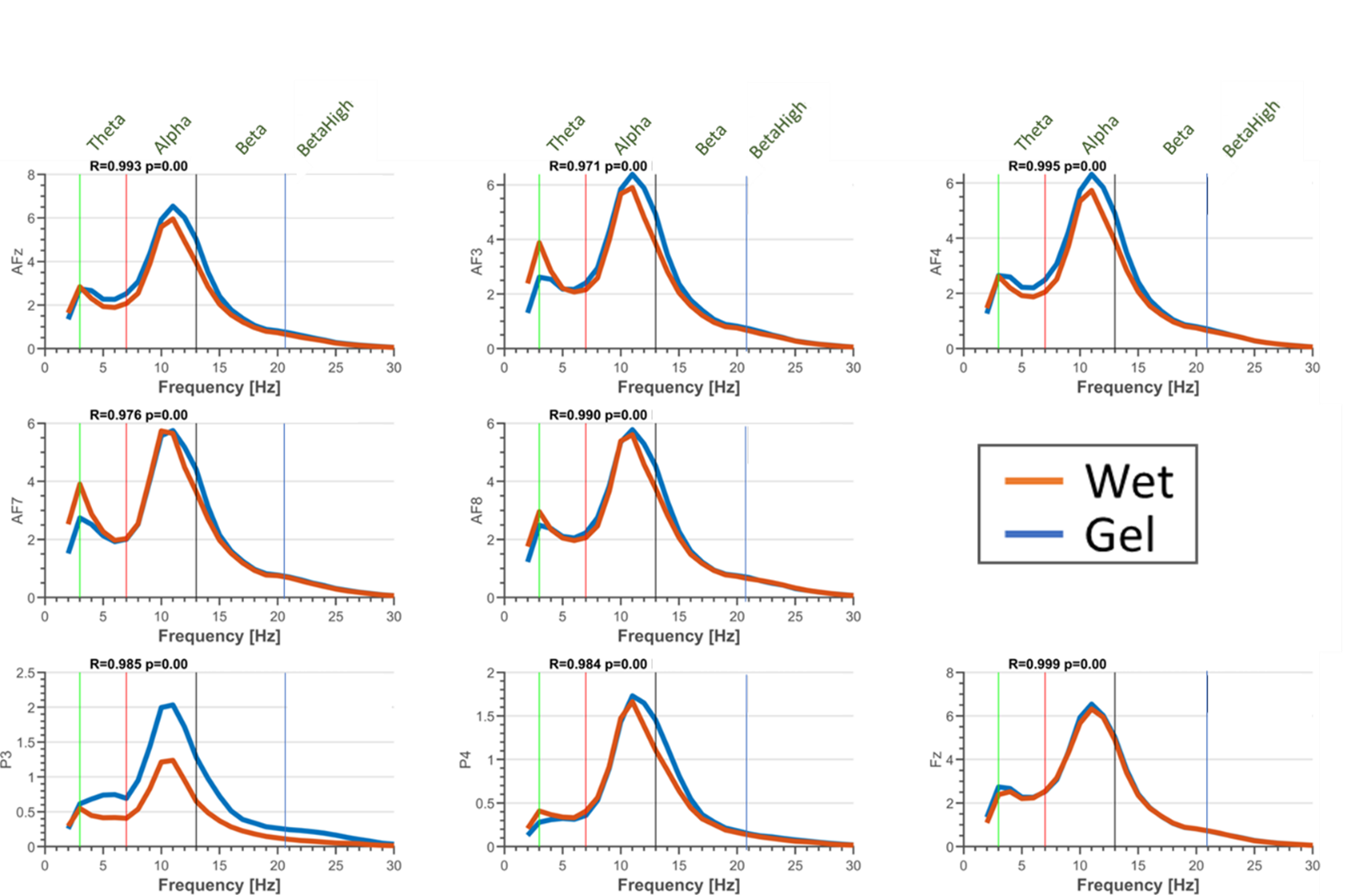
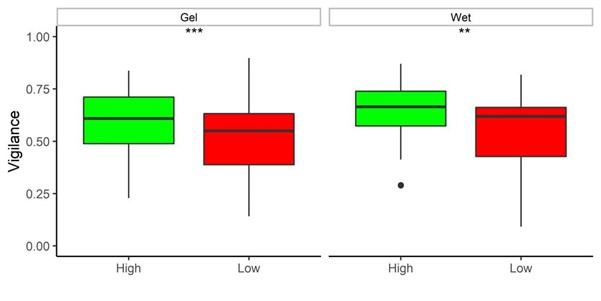
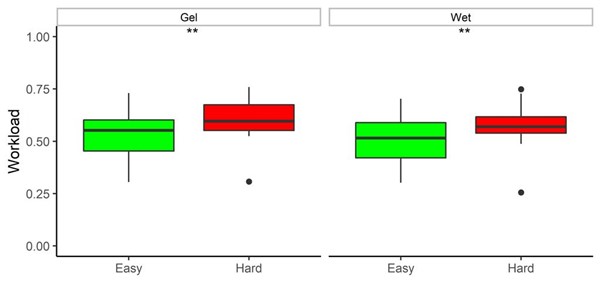
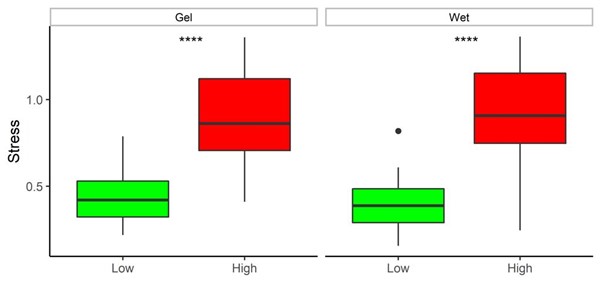
The Mindtooth Touch has also been presented at the 19th European Airline Training Symposium (EATS 2021), an aviation tradeshow that brings together the industry’s leading professionals to promote safety and share best practices in pilot training and cabin crew training. More than 20 professionals in the field of aeronautics had the opportunity to fit the headset during a live demo named “Come to see real-time assessment of human factors by Measuring your brain activity”. All of them pointed out the easiness to fit and the high comfort during the demonstration.
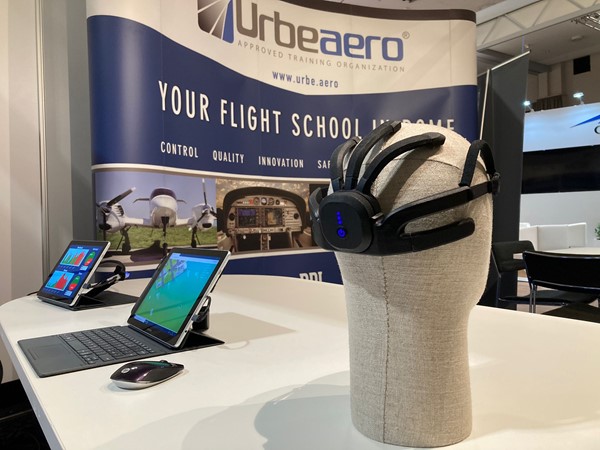
As a next step they will be employed in the next few months many Touch Headsets and related Mindtooth framework in real contexts for the final validation of Mindtooth system as a whole, before its official enter into the market.
The project, through Augmented Reality technologies, is developing methods to improve the air traffic management from a remote control tower.